I need the lightest power inductors possible. Do inductors having aluminum windings (or any light-weight winding) exist?
I would also consider hollow-core wiring to be used at very high frequencies, like 2 MHz. At those frequencies, it would make sense to have the metal where the current is going to flow anyway.
Mattman944 wrote:
So, your real goal is light-weight power (voltage) conversion. Operating at a very high frequency is a great way to minimize your inductor size. That is how they get the phone chargers to be so small. Look around for devices that already have solved this problem.
That's a good idea, Matt, but I've already done that. I've been taking apart all kinds of converters for years, so I agree with you -- try to learn from existing practice. But I have an extreme use case, and don't have a spare airplane to take apart.
In the question, "Why don't we use 7075 aluminum Ethernet and USB cables?" a comment by Harper - Reinstate Monica under an answer stated:
When you compare by weight, Al is twice as good a conductor as Cu.
So I know I'm not off-base here.
EDIT 1
Since I asked this question, I have found one Microwave Oven Transformer (MOT) where both windings were aluminum (obvious as I cut the secondary off). Also, 3 MOT primaries that I removed were all aluminum (the one pictured is about 790uH and <500mOhm).
Two views of one of the aluminum MOT primaries:
My thinking in including these pictures as evidence for question validity follows:
If an aluminum-wound power transformer exists, then that is close enough to suggest the existence of an aluminum-wound power inductor.
I know that this is a transformer winding, but in its air-core form, it is an inductor all by itself, and I believe, efficient enough to be considered a power inductor, even if it is air-core.

